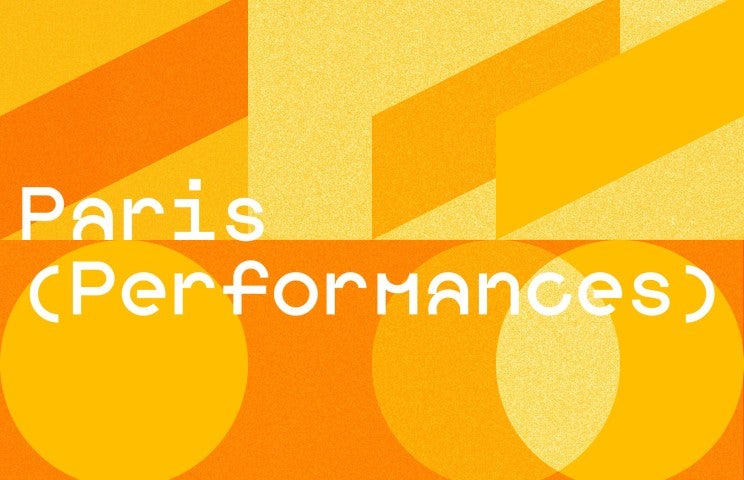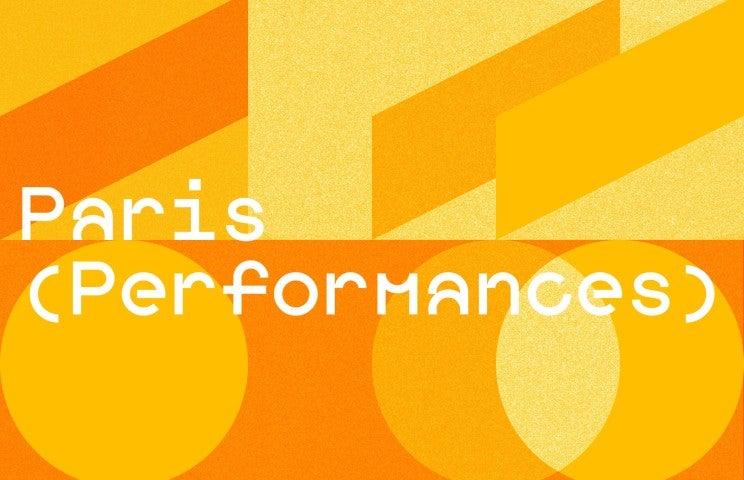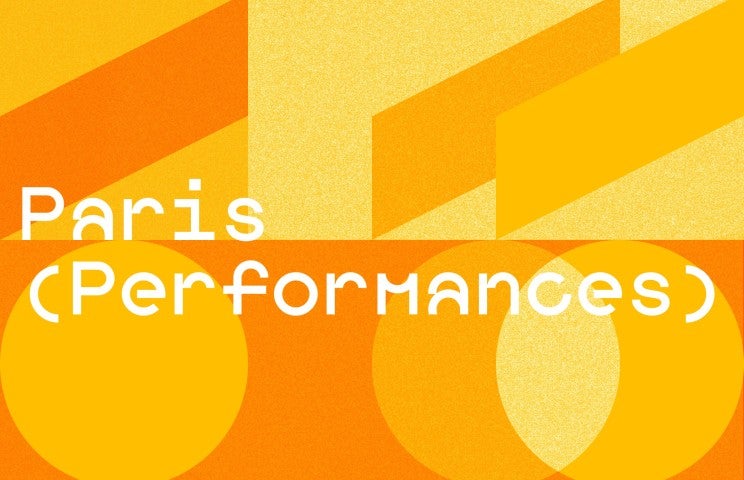Inspire yourself, breath What the living world does to art: a reconfiguration of the visible
Free Access
Estelle Zhong Mengual is a doctor in art history. She has published Apprendre à voir, le point de vue du vivant [Learning to See: the point of view of the living] (Actes Sud). She is the author of L’art en commun [Art in Common] (Presse du réel, 2019) and Esthétique de la rencontre [The Aesthetics of Encounter] (Seuil, 2018)
Nicolas Bourriaud is a theorist and art critic. He is the author of Inclusions: Aesthetics of the Capitalocene (Sternberg Press). His other works include The Exform (2017), The Radicant (Sternberg Press, 2009), Esthétique relationnelle [Relational Aesthetics] (Les presses du reel, 1998), and Formes de vie [Forms of Life] (Denoël, 1999).
Having long considered art the ‘double’ of reality and a projection of the human world, artists, spurred by the climate crisis, are now devoting renewed attention to living things. The crisis has revealed the gaps in our sensitivity towards living things, long a neglected aspect of our mental universe. With the onset of the Anthropocene – that ongoing process by which ecosystems are being degraded, species driven to extinction and pandemics spread – well documented since the beginning of the twenty-first century within the natural and social sciences, the theory of art is shifting, as are artistic works themselves. ‘The artist at the beginning of the twenty-first century is a contemporary of the Anthropocene: that does not oblige them in any way, but it does shape them,’ observes the theorist Nicolas Bourriaud. The question of the living has thus come to pervade aesthetic reflection in the broadest sense, to the point of fuelling a new turn in the field of visual studies.
It is towards this fruitful endeavour that Nicolas Bourriaud and Estelle Zhong Mengual have each turned in their own way. In his essay Inclusions: Aesthetics of the Capitalocene, Nicolas Bourriaud seeks to develop a theory of art that acknowledges the transcendence of the division between nature and culture: an ‘inclusive aesthetics’ that calls for a training of the gaze as decentred and relocated in a plurivocal universe that includes non-humans. Noting the end of the great separation of spheres that have long been held to be opposites and are now finally perceived as interdependent – the plant, the animal, the mineral, the molecular, the robotic and the social – Nicolas Bourriaud aims to ‘reconcile the object and the phenomenon, the painter and the beekeeper’.
In her essay Learning to See: The point of view of the living, Estelle Zhong Mengual seeks to diversify and enrich our forms of visual investigation so that we may learn to ‘see the living’. Placing herself at the intersection of the natural and the cultural sciences, she takes up the conceptual tools developed by the latest philosophy of the living in order to offer an enriched interpretation of works of art. By suggesting a transformation of the gaze, she seeks to develop an ‘environmental history of art’.
By bringing these two parallel approaches into conversation, driven as they are by a shared desire to broaden the theory of art and thus align it with the fruitful discussions taking place in the fields of philosophy and anthropology (Philippe Descola, Baptiste Morizot, Patrice Maniglier, Anna Tsing, Bruno Latour, Vinciane Despret, Frédérique Aït-Touati and others), we will examine what the living world is doing to art today. An art that gives prominence to the bacterium and the microbe, the parasite and the hormone, just as the painters of the Renaissance depicted the angel messengers. An art that accentuates the presence of that which is and empathises with things, as Pierre Huygue and Mark Leckey have put it.





